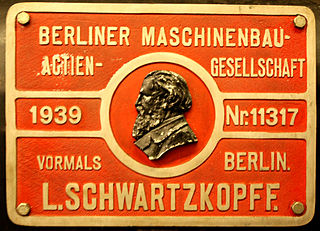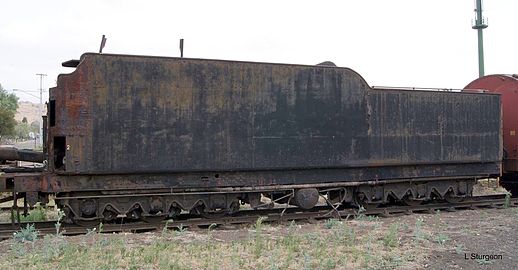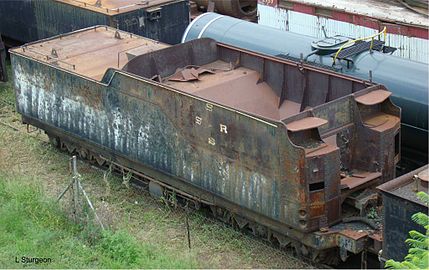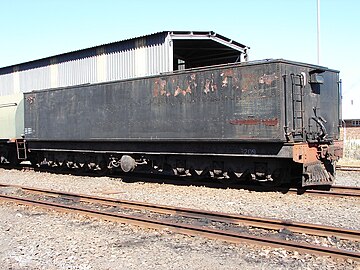The South African type ZB tender was a steam locomotive tender from the pre-Union era in the Cape of Good Hope.

The South African type ZA tender was a steam locomotive tender from the pre-Union era in the Cape of Good Hope.
The South African type SH tender was a steam locomotive tender from the pre-Union era in the Natal Colony.
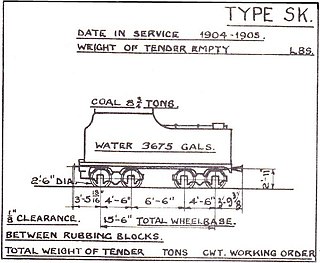
The South African type SK tender was a steam locomotive tender.

The South African type XM1 tender was a steam locomotive tender.

The South African type TL tender was a steam locomotive tender.
The South African type XJ tender was a steam locomotive tender.

The South African type WG tender was a steam locomotive tender from the pre-Union era in the Cape of Good Hope.
The South African type XS tender was a steam locomotive tender from the pre-Union era in Transvaal.

The South African type MR tender was a steam locomotive tender.
The South African type LP tender was a steam locomotive tender.

The South African type HT tender was a steam locomotive tender.
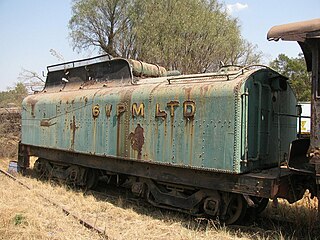
The South African type GT tender was a steam locomotive tender.
The South African type MS tender was a steam locomotive tender.
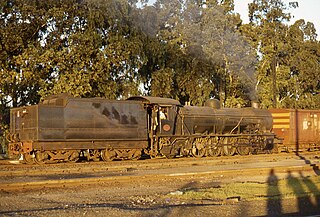
The South African type MT1 tender was a steam locomotive tender.

The South African type MT2 tender was a steam locomotive tender.

The South African type JV tender was a steam locomotive tender.
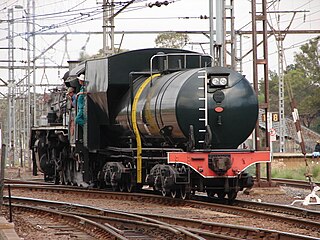
The South African type MX tender was a steam locomotive tender.

The South African type ET tender was a steam locomotive tender.
The South African type ET1 tender was a steam locomotive tender.


